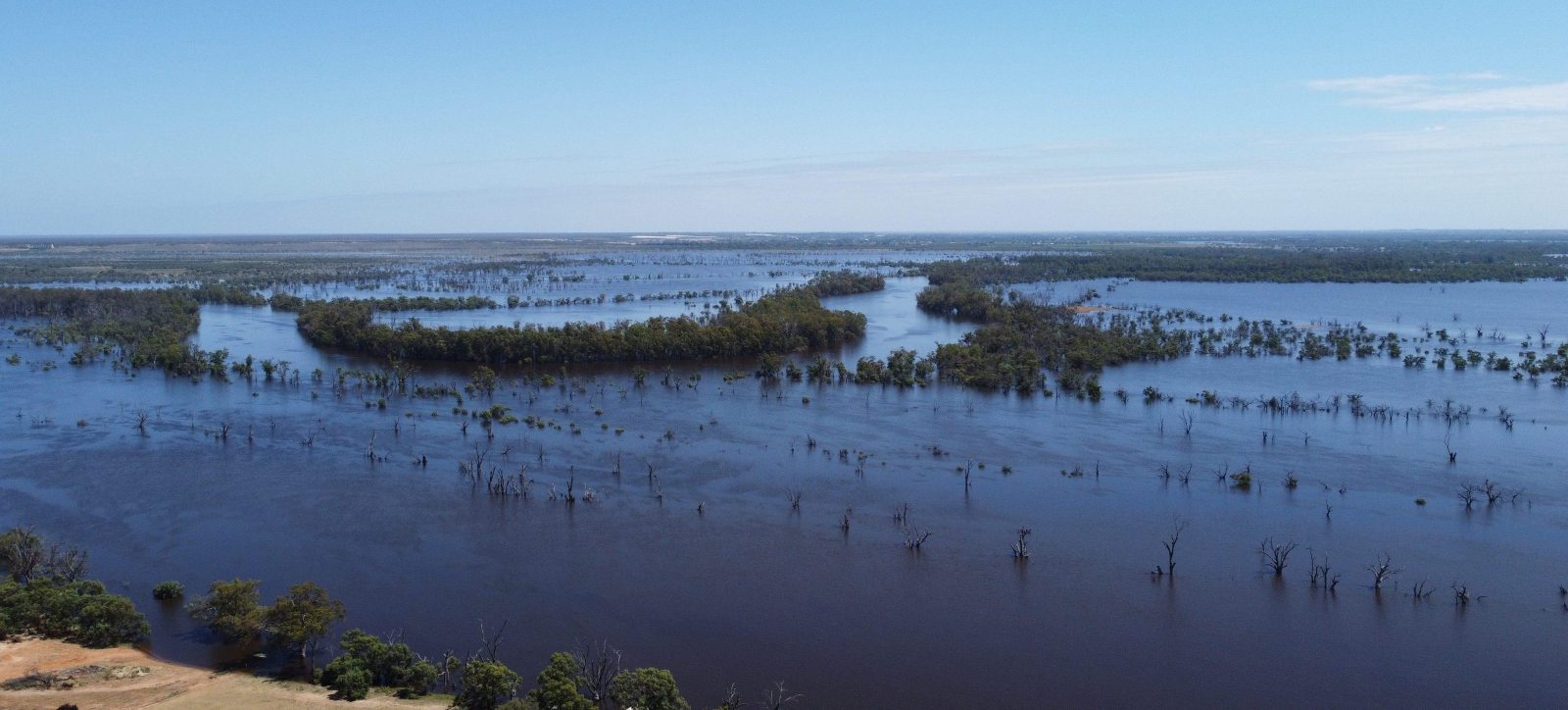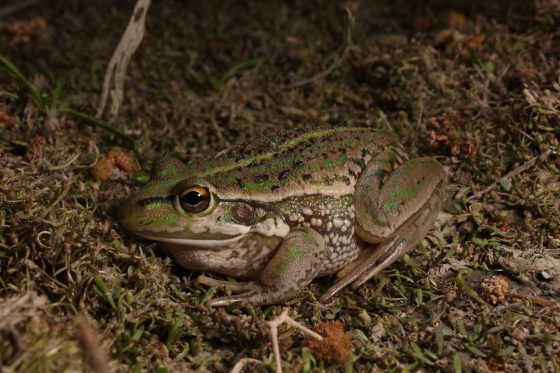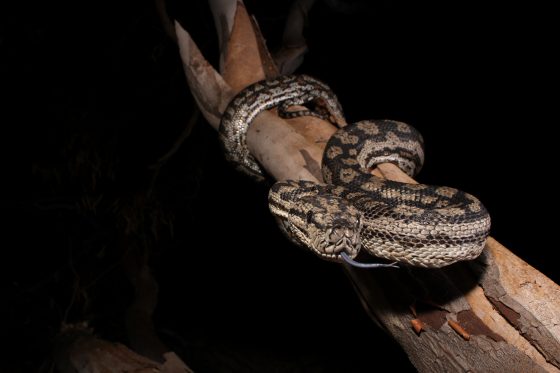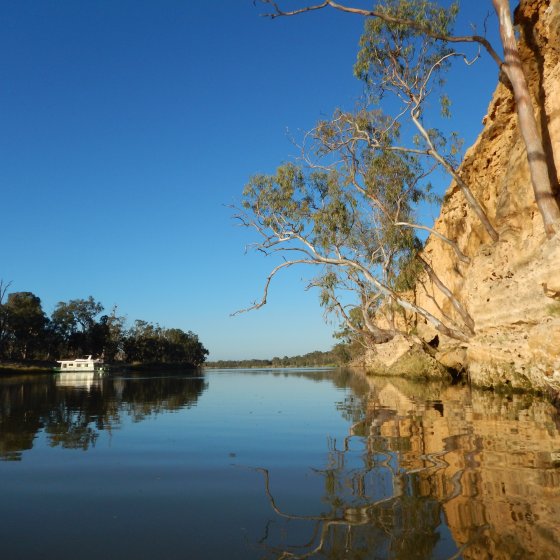The River
The population age structure of Murray Cod is in good condition with 9 of the past 10 years showing a desirable population age structure and recent recruits detected in all years since 2012–13. Golden perch population age structure was in poor condition with a desirable population age structure in 4 of the past 10 years. Golden Perch population age structure is considered stable although 2020–21 was the first year since 2013–14 that young-of-the-year were observed in South Australia. The contrasting outcomes for these two fish species are due to the different spatial scales of connected, flowing habitat that are required for the spawning and recruitment of each species.
The tree condition within the River Murray floodplains is based on River Red gums and Black Box trees located on the Chowilla, Pike and Katarapko managed floodplains. River Murray floodplain trees are in poor condition, but are improving in areas where water for the environment has been delivered.
The condition of these trees has improved since the Millennium Drought in 1996–2010. However, condition varies between individual trees, ranging from very poor to excellent depending on their relative location on the floodplain and water availability. Delivery of water to the floodplain is being undertaken using a number of methods, with rainfall and unregulated high flows also critical for the resilience and recovery of these trees.

The River Murray has a naturally salty landscape, particularly in the southern region. Rising salinity levels are also the result of human activities including water extraction, clearance of native vegetation and agriculture. Some saltiness can be tolerated by plants and animals. However, long periods of high salinity can cause harm to the natural environment and also crops and livestock.
The salinity of the River Murray at Lock 6, Morgan and Murray Bridge has declined on average since the Millennium Drought in 2010, with Lock 6 and Morgan remaining below the Basin Plan target levels in 2021–22. Salinity levels at Murray Bridge did exceed the target levels during the Millennium Drought, but have been maintained below the target since 2010. A reduction in salinity is the result of the adoption of more efficient irrigation practices, higher river flows and salt interception schemes. In 2021–22, the seven salt interception schemes located in South Australia extracted 270,000 tonnes of salt.





